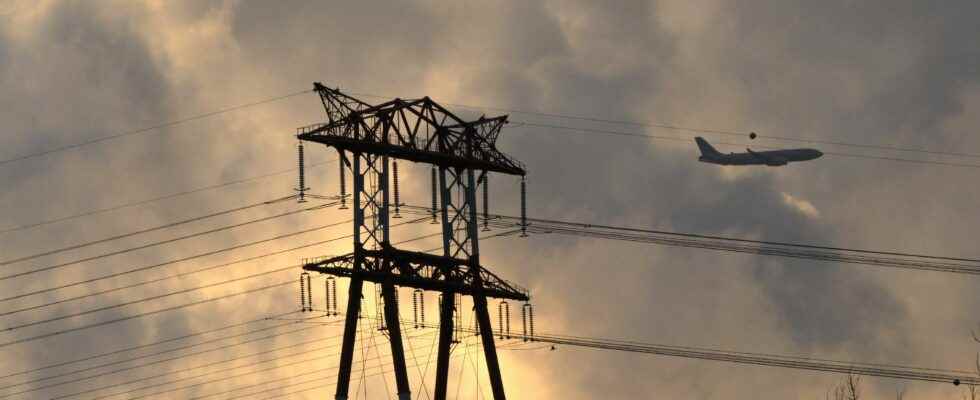What nonsense have we heard in recent weeks about soaring electricity prices! The Nupes, the RN and a good part of the right have found the appropriate culprit: the European electricity market. And always friends when it comes to telling anything (and if possible the same thing), the first two did not miss an opportunity to decry the opening to competition of the energy market. On the first point, it should be remembered that the European market has a huge advantage: it makes it possible to supply electrons to all the member countries without the risk of a blackout. But it has a drawback: in times of tension, all the countries show solidarity and must therefore pay a high price, which is that of the last power station used, which is usually a gas-fired power station.
This market is not perfect because the world is not perfect, and it needs to be improved. But leaving it would in no way solve the basic problem: our insufficient carbon-free electricity production capacity. If our politicians and our commentators had some idea of how a market works, they would know that lastingly high prices always come from a shortage of production and that the European market is very useful to us when we are net importers of electricity, which which unfortunately happens more and more often.
As for the opening up to competition, it has not in itself generated an increase in electricity prices. On the other hand, it was not accompanied by sufficient pedagogy. Small businesses that consume a lot of electricity sometimes did not understand that certain offers committed them for several years on the basis of wholesale prices that could be incredibly high, depending on the market situation at the time of signing the contract. . It must also be said that some suppliers have not trumpeted this risk, which is scandalous. The opening up to competition was poorly prepared. But, fundamentally, it is indeed the insufficiency of electricity production which is in question in prices which can indeed be insane and put companies (which the public authorities must support) on the carpet.
The example of the TGV
There is an area in which competition is already showing positive effects, it is the TGV. In December 2020, SNCF lost the monopoly on high-speed lines. For a big year, the incumbent Italian operator Trenitalia has taken over the Paris-Lyon-Milan line. In accordance with the classic analysis of competition, the arrival of this new operator had the two expected positive consequences. On the one hand, prices on this line have been contained, even though operating costs have exploded; in addition, the SNCF had proposed its low-cost Ouigo offer in anticipation of the opening up to competition. On the other hand, Italian and French operators benefit from excellent occupancy rates. In other words, the transition from a monopoly to a duopoly made it possible to limit prices and increase both supply and demand, which benefited the French incumbent operator.
As we have been able to observe in Germany and Italy, competition does not necessarily penalize the former monopoly if it knows how to adapt its prices and services. Rail competition is more effective than “plane bashing” to decarbonize our travels within France! One would dream that it develops on other lines. The alternative company “Le Train”, owned by private capital (particularly banks), should run TGVs this year between several cities in the west of France. But the deployment of new actors is long for three reasons.
First, railroading is a high fixed cost industry. A second-hand TGV sells for more than 30 million euros. The air transport market has circumvented this difficulty thanks to aircraft lessors who themselves constitute a major second-hand market for aircraft. The cost of entry into the air transport market is therefore reduced. Conversely, new rail entrants must buy second-hand trains from the SNCF, which one can imagine does not show excessive eagerness to sell its equipment to competitors. Secondly, the tolls per kilometer, collected by SNCF Réseau, are very high, which increases the break-even point for new entrants. Competition is unfolding slowly but it already belies the arguments of our nationalization and planning enthusiasts: it is economic, social and ecological.
